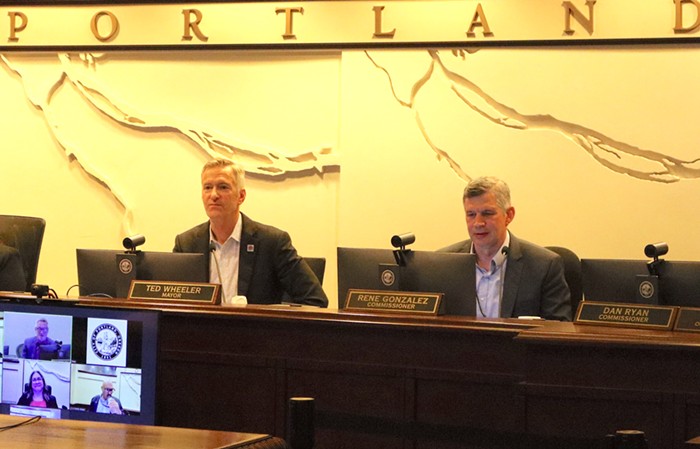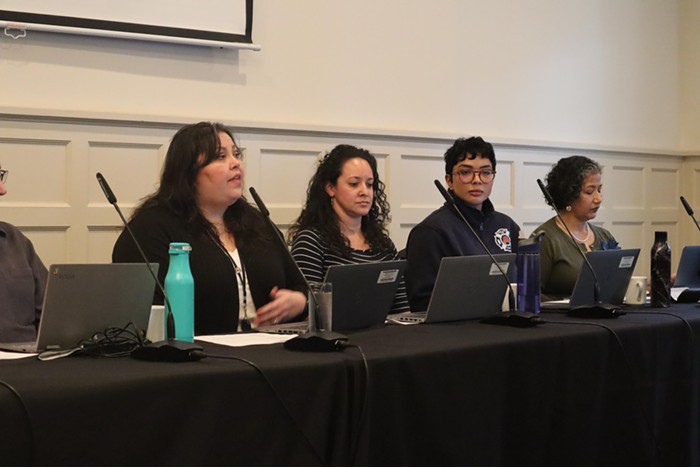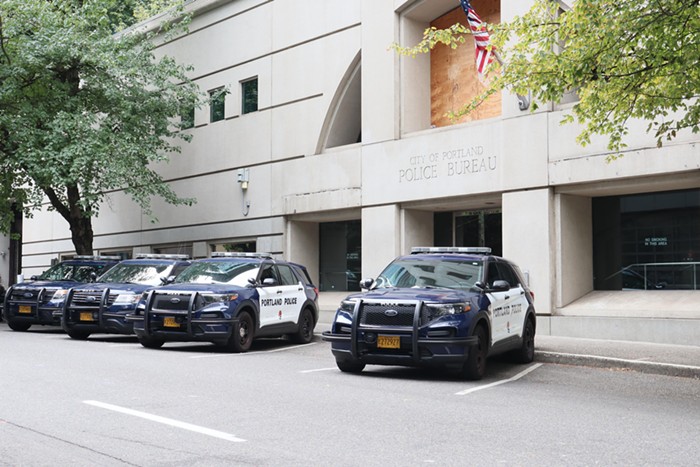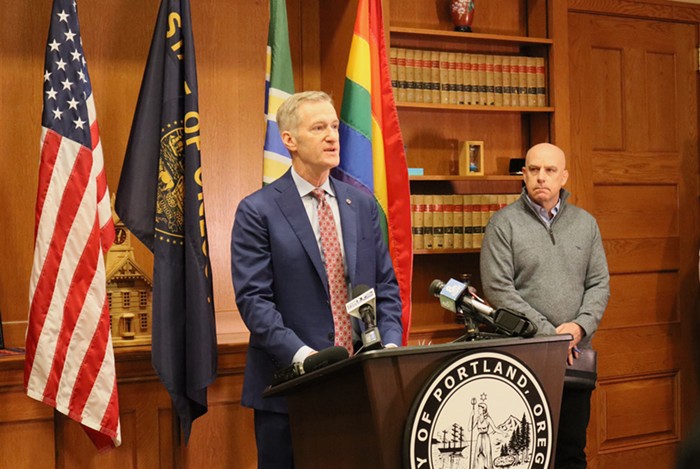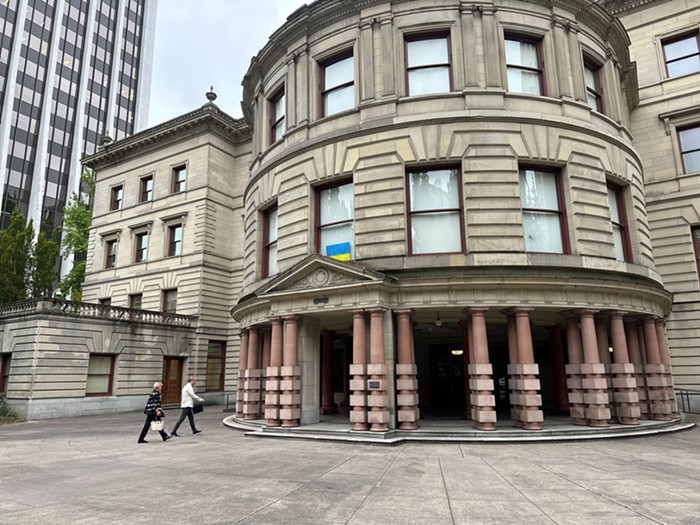
It's been a little more than four months since Portland citizens learned Southeast Portland's Bullseye Glass has been pouring harmful compounds into the city's air for decades. It's been almost two months since state regulators learned they should have been more tightly regulating the company for years.
And today, just two days before an unprecedented cease-and-desist order is scheduled to expire, the state and Bullseye finally have a deal. The Oregon Department of Environmental Quality this evening released a 15-page "mutual agreement and final order" (MAO) that lifts the cease-and-desist order. Check it out:
It's a detailed agreement, but at its simplest level, the MAO places Bullseye on a short leash when it comes to its use of eight compounds: arsenic, cadmium, chromium, cobalt, lead, nickel, manganese, and selenium.
The agreement requires Bullseye to furnish detailed information about its furnaces (which it was supposed to have done when the DEQ realized it was subject to federal emissions laws in April), and its proprietary glass recipes. The company has to share air quality testing it's done, and lay out management tactics it'll put in place to see that the agreement is followed. DEQ will also formally have to sign off on safety procedures. And the state is demanding weekly reports, due Tuesdays, of all the hazardous air pollutants from that list its used.
It's an almost unimaginable level of regulation, given where we were four months ago, but there is some opportunity for wiggle room. The DEQ has forbidden Bullseye from using lead, cadmium, chromium, and arsenic in furnaces that don't have filtration systems, known as baghouses. But Bullseye's allowed to request permission to use cobalt, manganese, nickel, and selenium in furnaces without those filters.
"Officials at DEQ and OHA will assess the request and determine if the proposed use of the requested metals constitute a health threat to the community, prior to authorizing any use of these metals," reads a statement the DEQ issued tonight. "DEQ and OHA environmental science and health experts will make final determinations on the amounts of metals used in uncontrolled furnaces that would not be expected to create an unreasonable risk to the community."
Bullseye, which has had to drastically limit production with the recent strictures, seemed to welcome the agreement in an email statement. It's laid out a proposed timeline for adding new baghouses to meet the state's requirements.
"A pilot emissions control system (baghouse) is already in place, which allows us to make limited quantities of reds, oranges, and yellows," that statement read. "Starting in mid-July, we plan to bring a second baghouse online, which should allow us to resume making most other styles in limited quantities. Inventory of many styles will remain low until after we have a third, larger system installed and operational in August. At that time, we hope to return to previous production and staffing levels."
Still, the MAO Bullseye and DEQ reached is clear: The company still doesn't agree with DEQ on one important point. Bullseye is refusing to acknowledge that it should have been abiding strict federal emissions laws for nearly eight years, as DEQ now says. The company persists in its claim its glass melt furnaces—which are continually kept at thousands of degrees fahrenheit—are not "continuous" as defined by federal law. Rather, the company believe they are "periodic" and therefore shouldn't be subject to that law. The state disagrees, and says Bullseye is now operating in violation of the law. But the agreement makes clear it'll waive any penalties, provided the company comes into compliance in the next three months.
